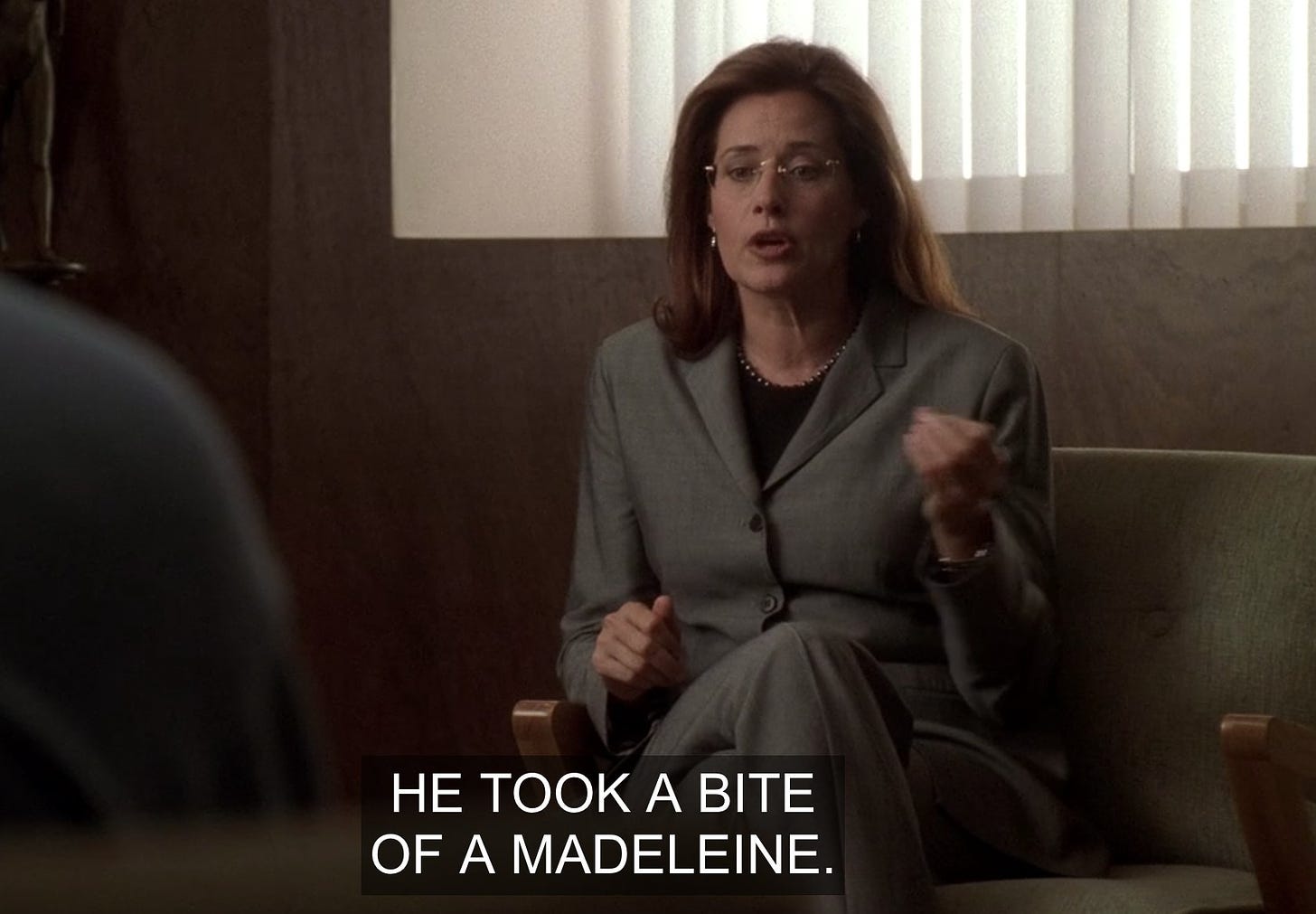The other day I viewed the room-size installations of Amalia Mesa Bains at Berkely Art Museum. At the center of her work, Private Landscapes, is a hand-painted armoire. The wood doors are left half open to reveal a green pasture covering all three walls of the armoire. There are dresses with intricately woven patterns hanging inside it. The bottom is lined with little sculptures and other found objects. The green pasture extends outside the armoire to cover the floor around it, as if a fantastical other world has crept out into the real one. Cabinets as a motif seem to resonate across cultures, particularly post-colonial ones.
Glass cabinets called almirah were a central piece of many Indian living rooms during my childhood. In most cases, they were the length of the entire wall and half the room's height. The one in my parent's living room contained the following:
Expensive silverware that was never used except twice a year when there were guests at the house
Souvenirs from all the places that the family had traveled to
A painting of Jesus, an assortment of Christian paraphernalia that my mom perused, mostly when my father stopped talking to her for several months at a time
Two photos of the family where everyone was squinting but not smiling. As if everyone had failed in an attempt to smile.
The class photos of my little sister and me for the most recent school year.
Often after a visit and viewing of my medical school-bound cousin's living room cabinet, my father was quick to point out what ours lacked - winner medals and certificates. The spoils of middle-class success.
The almirah was the middle-class Indian narrative packaged into a single cabinet. It showed where the family came from, how we could afford to travel far away places, and how well educated and hardworking our kids are. A tableau of inanimate objects to be perused, not to reveal a new narrative, but to reassure everyone viewing it that the family was stable, functional, and upward, mobile. It said, there's nothing to see here. We are good people, just like you imagined us to be
The Amalia Mesa Bains artwork was a Proust's Madeleine about the place of almirahs in my life. I could share this cultural memory with the artist even though hers was a more fantastical interpretation. If my father was to create a life-size exhibit based on our family almirah, he would probably name it Proust's Failson. The artist uses what is not in the almirah to tell the story of immigrant failure it would say at the bottom.
The curator of Amalia Mesa Bain’s work sought a more overarching narrative in the card accompanying it. The curator proclaimed that the coziness and wonder of the armoire was a reaction against the patriarchy. I perused several videos and the writing on Amalia's website to find no mention of the patriarchy anywhere. Why does Amalia’s work have to be set against the patriarchy? Why couldn’t she just be having fun? In fact, by framing it against the patriarchy isn’t the curator cementing the very idea that artwork seeks to transcend? This imposition of overarching grand narratives on artwork is a modern malaise that really makes a cynic out of the average art enjoyer such as me. Every piece of art now is supposed to search for a grand narrative. it cannot just be someone having fun or finding a personal narrative that others can resonate with. All art now has to be what David Mamet calls a problem play in his book Three Uses of a Knife:
"The problem play is a melodrama cleansed of invention. Its stated question, "How do we cure spousal abuse, AIDS, deafness, religious or racial intolerance?" allows the viewer to indulge in a fantasy of power: "I see the options presented, and I decide (with the author) which is correct. Were I in the place of those upon the stage, I would make the correct choice. And I would vote with the hero or heroine, rather than with the villain."
I love art made for no purpose other than that it is a mad dope escaped reality. Sometimes this mad dope escaped reality might reveal something indirectly about the Real™ world that we live in. Most of the time it is just an escape for the mind from the torture of being a failson. Problem play art instead invites me to take the moral high ground and convince me that I would have done the right thing in my father's position. It seeks to resolve the anxieties of the unknown (will I be a good father?) with sweeping statements and grand gestures (I’ve defeated the metaphysical entity of patriarchy in my head and now can live happily ever after). Perhaps the rise in the number of problem play art is a sign of a society that is contenting with too many unknowns and anxieties. Unfortunately, none of the anxieties seem like ones that can be solved with narratives, so why not have a little fun instead?




